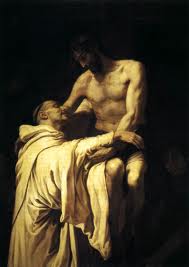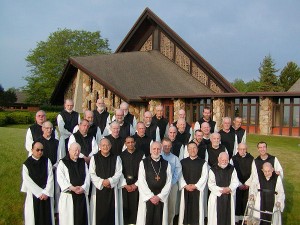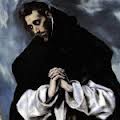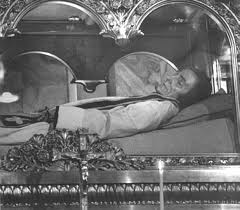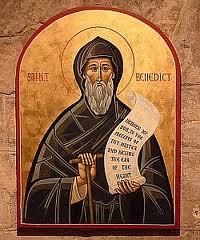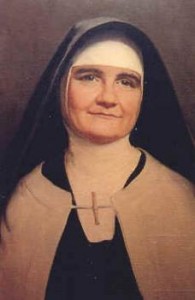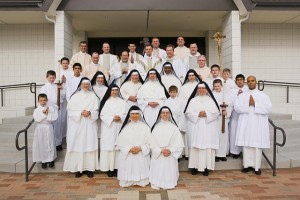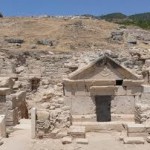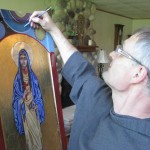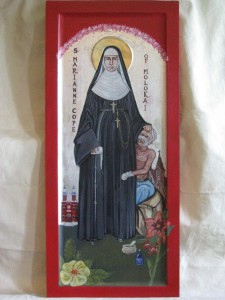 The month of October is a Franciscan month as well as one dedicated to the Holy Rosary because during the month we celebrate the feast day of St. Francis of Assisi (October 4). The vocation blog of the Franciscan Friars of the Renewal has a beautiful story about St. Francis that reflects his love for his fellow friars, his brothers.
The month of October is a Franciscan month as well as one dedicated to the Holy Rosary because during the month we celebrate the feast day of St. Francis of Assisi (October 4). The vocation blog of the Franciscan Friars of the Renewal has a beautiful story about St. Francis that reflects his love for his fellow friars, his brothers.
Fr. Isaac Mary, CFR, tells us that Perfectae Caritatis, the Vatican II document on the renewal of religious life, says that it is much easier to live the vow of chastity in an environment of genuine fraternal charity. One could add that it is also easier to live out a marriage vocation in a house where genuine charity prevails.
Saint Francis had a profound love for God and also for his fellow man. In his short Testament, it is written: “Francis, makes the simple, yet profound statement that ‘the Lord gave me some brothers….'” One day, one of the young brothers was literally starving from his intense fasting. Francis, rather than embarrass the young brother or chastise him, roused all of the brethren and had them eat grapes “with the young man so that he would not be ashamed of his weakness.” Francis loved them all with the love of the Father.
Father Isaac Mary concludes: “Fraternal life and charity is meant to be a particular source of joy and strength for a religious in any community. St. Francis understood this completely and he continues to teach it to us, the brothers whom God has given him!”
